 System Tutorial
System Tutorial
 LINUX
LINUX
 RHEL7.0 Network IP Configuration Guide: Detailed explanation of three configuration methods
RHEL7.0 Network IP Configuration Guide: Detailed explanation of three configuration methods
RHEL7.0 Network IP Configuration Guide: Detailed explanation of three configuration methods
The naming method of the network card in RHEL7 has changed from eth0,1,2 to the enoXXXXX format. en stands for enthernet (Ethernet), and o stands for onboard (built-in). That string of numbers is automatically generated by some index number of the motherboard to ensure its uniqueness. Compared with the original naming method, this new method is relatively long and difficult to remember. However, the advantage is that the number is unique and it is not easy to make mistakes when doing system migration.
1. Modify /etc/sysconfig/network-scripts/eno16777736
Check your network card name (this machine is eno16777736):
[root@linuxprobe Desktop]# ifconfig
eno16777736: flags=4163 mtu 1500
inet 192.168.1.100 netmask 255.255.255.0 broadcast 192.168.1.255
inet6 fe80::20c:29ff:feb8:2b07 prefixlen 64 scopeid 0x20
inet6 fde0:b912:e3a9:0:20c:29ff:feb8:2b07 prefixlen 64 scopeid 0x0
ether 00:0c:29:b8:2b:07 txqueuelen 1000 (Ethernet)
RX packets 37 bytes 5428 (5.3 KiB)
RX errors 0 dropped 0 overruns 0 frame 0
TX packets 62 bytes 8269 (8.0 KiB)
TX errors 0 dropped 0 overruns 0 carrier 0 collisions 0
lo: flags=73 mtu 65536
inet 127.0.0.1 netmask 255.0.0.0
inet6 ::1 prefixlen 128 scopeid 0x10
loop txqueuelen 0 (Local Loopback)
RX packets 134 bytes 10928 (10.6 KiB)
RX errors 0 dropped 0 overruns 0 frame 0
TX packets 134 bytes 10928 (10.6 KiB)
TX errors 0 dropped 0 overruns 0 carrier 0 collisions 0
[root@linuxprobe Desktop]
#Edit ifcfg-eno16777736 file:
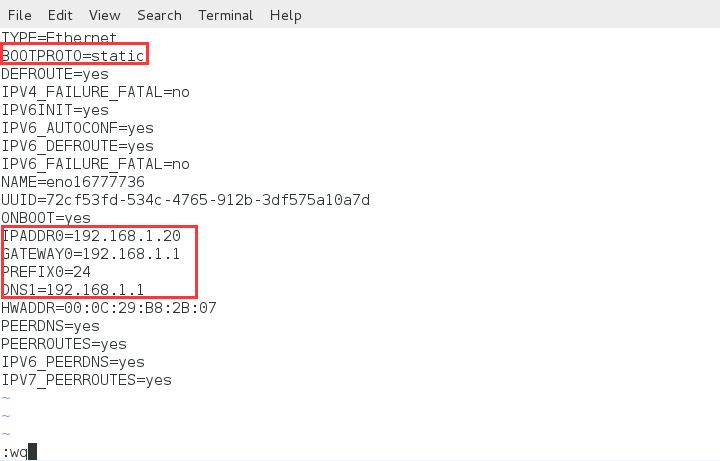
Red indicates content that needs to be modified or added, save and exit.
Partial explanation:
TYPE=Ethernet #Network interface type
BOOTPROTO=static #Dynamic is dhcp
DEFROUTE=yes
IPV4_FAILURE_FATAL=yes
IPV6INIT=yes #Whether IPV6 is supported
IPV6_AUTOCONF=yes
IPV6_DEFROUTE=yes
IPV6_FAILURE_FATAL=no
NAME=eno16777736 #NIC name
UUID=72cf53fd-534c-4765-912b-3df575a10a7d
ONBOOT=yes #Turn on automatic network connection
IPADDRO=192.168.1.20 #Set IP address
GATEWAY0=192.168.1.1 #Set gateway
PREFIX0=24 #Set subnet mask
DNS1=192.168.1.1 #Set DNS
HWADDR=00:0C:29:B8:2B:07
PEERDNS=yes
PEERROUTES=yes
IPV6_PEERDNS=yes
IPV6_PEERROUTES=yes
Restart the network card and test the network:
[root@linuxprobe Desktop]# systemctl restart network
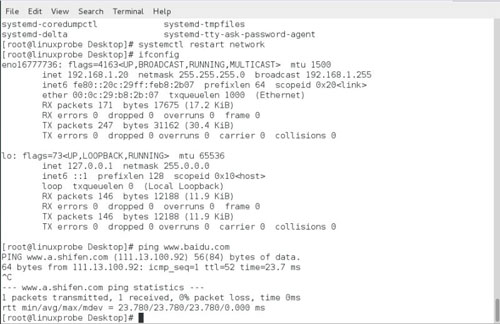
2. Graphical tool nmtui
Execute the command in the terminal:
[root@linuxprobe Desktop]# nmtui
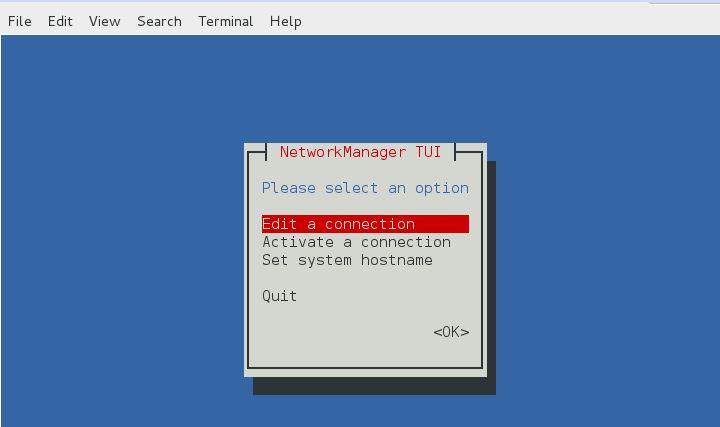
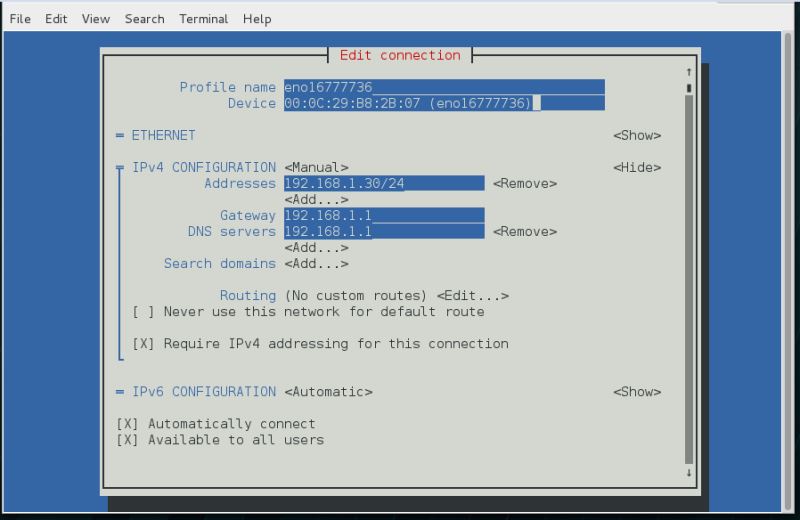
You still need to restart the network card to take effect and test the network.

3. Graphical tool nm-connection-editor
Terminal execution command:
[root@linuxprobe Desktop]# nm-connection-editor
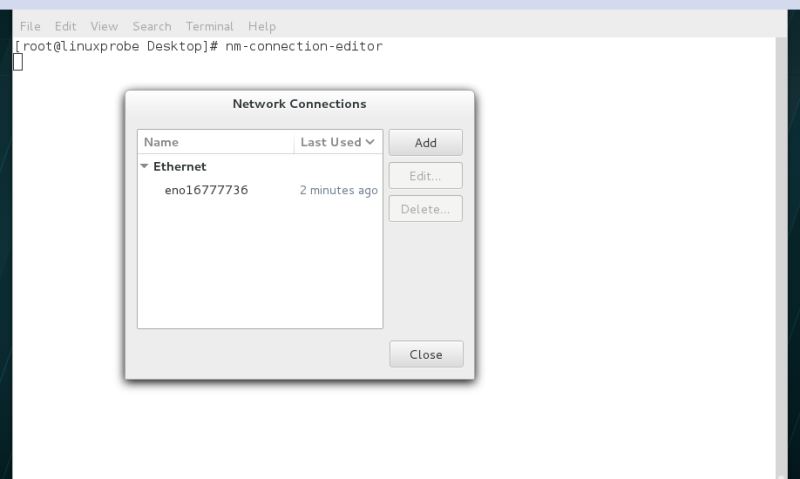
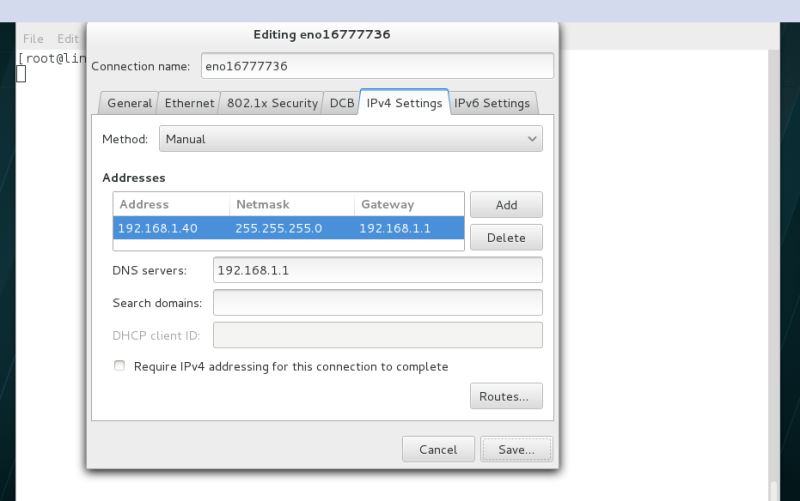
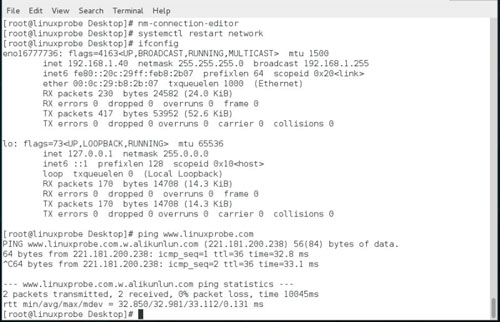
As long as you know one of the three methods
The above is the detailed content of RHEL7.0 Network IP Configuration Guide: Detailed explanation of three configuration methods. For more information, please follow other related articles on the PHP Chinese website!

Hot AI Tools

Undresser.AI Undress
AI-powered app for creating realistic nude photos

AI Clothes Remover
Online AI tool for removing clothes from photos.

Undress AI Tool
Undress images for free

Clothoff.io
AI clothes remover

Video Face Swap
Swap faces in any video effortlessly with our completely free AI face swap tool!

Hot Article

Hot Tools

Notepad++7.3.1
Easy-to-use and free code editor

SublimeText3 Chinese version
Chinese version, very easy to use

Zend Studio 13.0.1
Powerful PHP integrated development environment

Dreamweaver CS6
Visual web development tools

SublimeText3 Mac version
God-level code editing software (SublimeText3)

Hot Topics
 1669
1669
 14
14
 1428
1428
 52
52
 1329
1329
 25
25
 1273
1273
 29
29
 1256
1256
 24
24
 Does the internet run on Linux?
Apr 14, 2025 am 12:03 AM
Does the internet run on Linux?
Apr 14, 2025 am 12:03 AM
The Internet does not rely on a single operating system, but Linux plays an important role in it. Linux is widely used in servers and network devices and is popular for its stability, security and scalability.
 What is the salary of Linux administrator?
Apr 17, 2025 am 12:24 AM
What is the salary of Linux administrator?
Apr 17, 2025 am 12:24 AM
The average annual salary of Linux administrators is $75,000 to $95,000 in the United States and €40,000 to €60,000 in Europe. To increase salary, you can: 1. Continuously learn new technologies, such as cloud computing and container technology; 2. Accumulate project experience and establish Portfolio; 3. Establish a professional network and expand your network.
 What are the main tasks of a Linux system administrator?
Apr 19, 2025 am 12:23 AM
What are the main tasks of a Linux system administrator?
Apr 19, 2025 am 12:23 AM
The main tasks of Linux system administrators include system monitoring and performance tuning, user management, software package management, security management and backup, troubleshooting and resolution, performance optimization and best practices. 1. Use top, htop and other tools to monitor system performance and tune it. 2. Manage user accounts and permissions through useradd commands and other commands. 3. Use apt and yum to manage software packages to ensure system updates and security. 4. Configure a firewall, monitor logs, and perform data backup to ensure system security. 5. Troubleshoot and resolve through log analysis and tool use. 6. Optimize kernel parameters and application configuration, and follow best practices to improve system performance and stability.
 What is the main purpose of Linux?
Apr 16, 2025 am 12:19 AM
What is the main purpose of Linux?
Apr 16, 2025 am 12:19 AM
The main uses of Linux include: 1. Server operating system, 2. Embedded system, 3. Desktop operating system, 4. Development and testing environment. Linux excels in these areas, providing stability, security and efficient development tools.
 What are the differences in virtualization support between Linux and Windows?
Apr 22, 2025 pm 06:09 PM
What are the differences in virtualization support between Linux and Windows?
Apr 22, 2025 pm 06:09 PM
The main differences between Linux and Windows in virtualization support are: 1) Linux provides KVM and Xen, with outstanding performance and flexibility, suitable for high customization environments; 2) Windows supports virtualization through Hyper-V, with a friendly interface, and is closely integrated with the Microsoft ecosystem, suitable for enterprises that rely on Microsoft software.
 Is it hard to learn Linux?
Apr 18, 2025 am 12:23 AM
Is it hard to learn Linux?
Apr 18, 2025 am 12:23 AM
Learning Linux is not difficult. 1.Linux is an open source operating system based on Unix and is widely used in servers, embedded systems and personal computers. 2. Understanding file system and permission management is the key. The file system is hierarchical, and permissions include reading, writing and execution. 3. Package management systems such as apt and dnf make software management convenient. 4. Process management is implemented through ps and top commands. 5. Start learning from basic commands such as mkdir, cd, touch and nano, and then try advanced usage such as shell scripts and text processing. 6. Common errors such as permission problems can be solved through sudo and chmod. 7. Performance optimization suggestions include using htop to monitor resources, cleaning unnecessary files, and using sy
 The Future of Linux Software: Will Flatpak and Snap Replace Native Desktop Apps?
Apr 25, 2025 am 09:10 AM
The Future of Linux Software: Will Flatpak and Snap Replace Native Desktop Apps?
Apr 25, 2025 am 09:10 AM
For years, Linux software distribution relied on native formats like DEB and RPM, deeply ingrained in each distribution's ecosystem. However, Flatpak and Snap have emerged, promising a universal approach to application packaging. This article exami
 Top 7 Tools to Compare Files in Linux (with Examples)
Apr 28, 2025 am 09:21 AM
Top 7 Tools to Compare Files in Linux (with Examples)
Apr 28, 2025 am 09:21 AM
This guide explores various methods for comparing text files in Linux, a crucial task for system administrators and developers. We'll cover command-line tools and visual diff tools, highlighting their strengths and appropriate use cases. Let's assum



